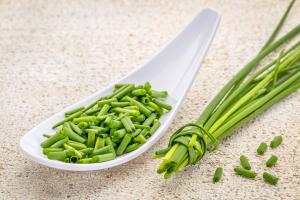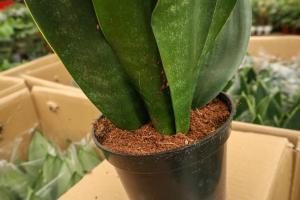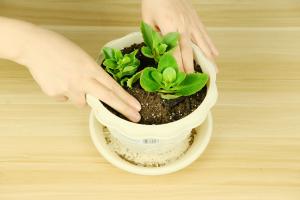When to Plant Astilbe
Astilbe is a beautiful and versatile perennial plant that can thrive in various growing conditions. If you are wondering when to plant astilbe, the answer depends on several factors. In this article, we will discuss the ideal planting time for astilbe, as well as some helpful tips for growing this stunning plant.
1. Understanding Astilbe
Before we discuss when to plant astilbe, it is essential to understand what this plant is all about. Astilbe is a member of the Saxifragaceae family and is native to Asia and North America. It is also known as false spirea, and its flowers come in various colors, including pink, red, white, and purple.
Astilbe typically blooms during the summer and early fall and prefers moist, well-draining soil that is rich in organic matter. It can grow in full sun or partial shade, depending on the variety, and requires consistent watering to maintain its health and beauty.
2. Planting Time for Astilbe
The ideal planting time for astilbe depends on your climate and growing season. In general, the best time to plant astilbe is in the spring when the soil has warmed up, and the risk of frost has passed. This allows the plant to establish its root system and grow healthy foliage before the summer heat sets in.
If you live in a warm climate with a long growing season, you can also plant astilbe in the fall. However, make sure to give the plant enough time to establish its roots and avoid planting it too close to the first frost date.
3. Planting Astilbe
When planting astilbe, choose a location that receives partial shade or filtered sunlight. Avoid planting it in full sun, which can dry out the soil and cause the plant to wilt.
Prepare the soil by adding compost or organic matter to improve its texture and fertility. Dig a hole that is twice as wide and deep as the plant's root ball and place the astilbe in the hole, making sure that the top of the root ball is level with the soil surface. Backfill the hole with soil and gently firm it around the plant.
Water the plant thoroughly to settle the soil and encourage root growth. Continue to water the astilbe regularly, especially during hot, dry weather.
4. Care and Maintenance
To ensure the optimal growth and health of your astilbe plant, you need to provide regular care and maintenance. This includes watering it consistently, especially during dry periods, and applying a layer of mulch around the base to retain moisture.
Fertilize the plant with a balanced, slow-release fertilizer in the spring to give it a healthy boost. You can also deadhead the spent flowers to promote new growth and prevent the plant from going to seed.
Watch for signs of pests or disease, such as aphids or powdery mildew, and take prompt action to prevent them from spreading.
Conclusion
Astilbe is a stunning and versatile plant that can add color and beauty to any garden. Knowing when to plant astilbe is essential for ensuring its optimal growth and performance. By following the tips and strategies outlined in this article, you can successfully plant and grow astilbe in your garden and enjoy its stunning blooms and lush foliage for years to come.

 how many times do yo...
how many times do yo... how many planted tre...
how many planted tre... how many pine trees ...
how many pine trees ... how many pecan trees...
how many pecan trees... how many plants comp...
how many plants comp... how many plants can ...
how many plants can ... how many plants and ...
how many plants and ... how many pepper plan...
how many pepper plan...
































